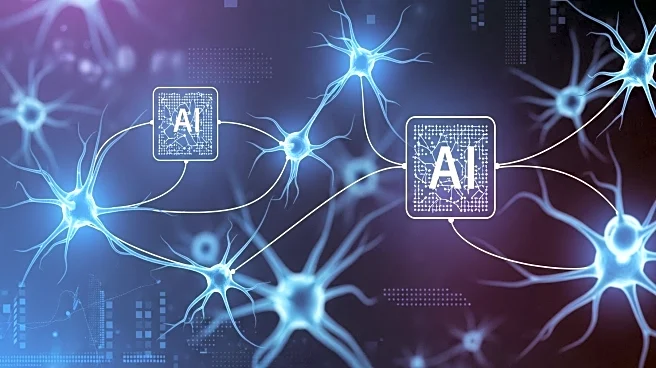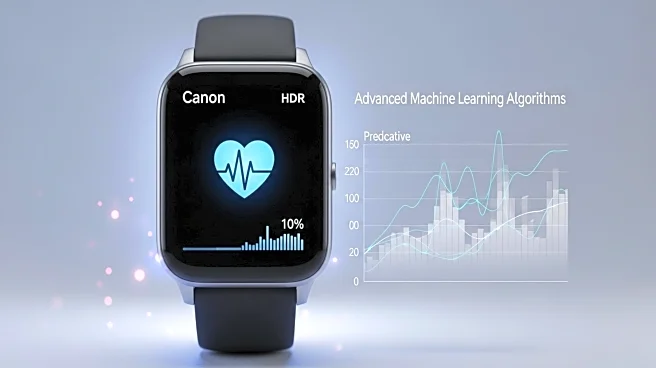What is the story about?
What's Happening?
A groundbreaking study published in PLOS One reveals that adults with ADHD exhibit distinct visual processing patterns, which can be accurately classified using a machine learning algorithm. The study, conducted by researchers at the University of Montreal, used random temporal sampling to track visual information processing efficiency over time. The algorithm achieved over 90 percent accuracy in distinguishing individuals with ADHD from neurotypical adults, and could also identify those who regularly take stimulant medication. This research suggests a consistent underlying difference in how the brain handles brief moments of perception in ADHD.
Why It's Important?
ADHD affects millions worldwide, yet its neural mechanisms remain poorly understood. This study offers a potential new behavioral marker for identifying ADHD, which could lead to more accurate diagnoses and personalized treatment plans. The ability to classify individuals based on visual processing patterns could revolutionize ADHD assessment, reducing reliance on symptom-based diagnoses and improving access to care. The findings also highlight the impact of medication on visual processing, offering insights into treatment efficacy.
What's Next?
Researchers plan to replicate the study in children, aiming to develop a reliable assessment tool for ADHD in younger populations. Future studies may combine this behavioral method with brain imaging techniques to identify the neural networks involved, enhancing understanding of ADHD's neural basis. If successful, the technique could be adapted into a clinical tool, improving diagnostic accuracy and treatment outcomes for ADHD patients.
Beyond the Headlines
The study challenges existing literature by suggesting a single atypical brain mechanism underlying ADHD, rather than multiple potential causes. This perspective could shift research focus towards identifying core neural differences, influencing future treatment strategies. The use of AI in diagnosing neurodevelopmental disorders raises ethical considerations regarding data privacy and the role of technology in healthcare.
AI Generated Content
Do you find this article useful?













